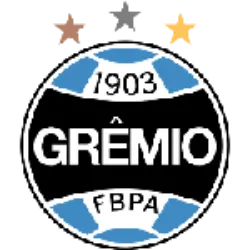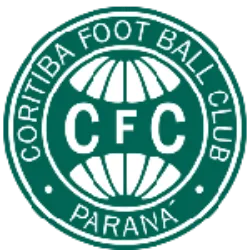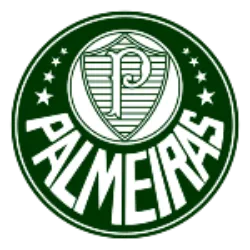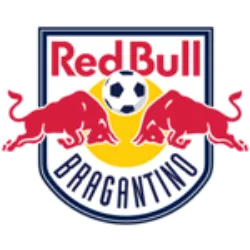The Football Federation of the State of Rio de Janeiro (FERJ)

The Football Federation of the State of Rio de Janeiro (FERJ) is the highest football entity in the state of Rio de Janeiro, in Brazil. It organizes the state championships that are popularly called the carioca championship. The big four of Rio de Janeiro football are: Flamengo, Vasco, Fluminense and Botafogo, but other clubs were considered great in the past for having memorable campaigns, such as Bangu and América.
In January 1502, Gaspar de Lemos, a Portuguese navigator

In January 1502, Gaspar de Lemos, a Portuguese navigator, arrived in Guanabara Bay. Years later, in 1565, this area was officially founded as a city. By mistaking the bay for the end of a river, the explorers named the place Rio de Janeiro, a tribute to the fact that they discovered the place in the first month of the year.
Test yourself with one of these challenges 👇
Discover some interesting facts about Rio de Janeiro
In 1555, financed by King Henri II
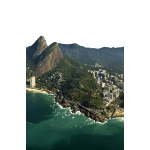
In 1555, financed by King Henri II, Nicolas Durand de Villegagnon established Fort Coligny, an important military base in the Americas and a refuge for persecuted Protestants in France, on one of the islands in Guanabara Bay. Although its existence was short - the Portuguese took the fortress in 1560 and expelled all the French in 1567 - the Colony France Antártica left its mark in history. To this day, the Island of Villegagnon is administered by the Navy.
Rarely do you find foreigners who know that Rio
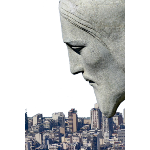
Rarely do you find foreigners who know that Rio was the capital of Brazil until 1960, when Brasília was inaugurated. However, few know that the city was the capital of a global empire. In 1808, with the flight of the Portuguese Royal Family and its court to Brazil, to get rid of Napoleon's troops, Rio was transformed into the capital of the Kingdom of Portugal and its extensive overseas empire.
The origin of the gentile "carioca"

The origin of the gentile "carioca", the nickname given to the inhabitants of Rio de Janeiro, is controversial. One official theory is that the term "kara'iwa" means "white man" and "oka" means "house", thus forming the term "white man's house". However, another theory suggests that the word comes from "akari", used by the Tupinambá Indians to describe a type of fish that had a characteristic similar to the armor of the Portuguese.
Brazil
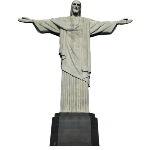
Brazil is known to have the highest incidence of lightning anywhere on the planet. In the city of Rio de Janeiro, these rays threaten one of its main icons: Christ the Redeemer, considered one of the Seven Wonders of the Modern World. The statue receives approximately between two and four lightning strikes per year. Although most of the time there is no damage, some storms are capable of destroying parts of the monument.
Just like Christ the Redeemer and Sugarloaf Mountain

Just like Christ the Redeemer and Sugarloaf Mountain, favelas are a hallmark of Rio's landscape. According to data from the 2010 Census, there are 160 neighborhoods with formal buildings and 763 favelas in the municipality, which are home to around 1.3 million people, which is equivalent to almost a quarter of the population of Rio de Janeiro. If all the inhabitants of Rio de Janeiro's favelas got together, they would form the 12th most populous city in Brazil.
Test yourself with one of these challenges 👇
HOME






